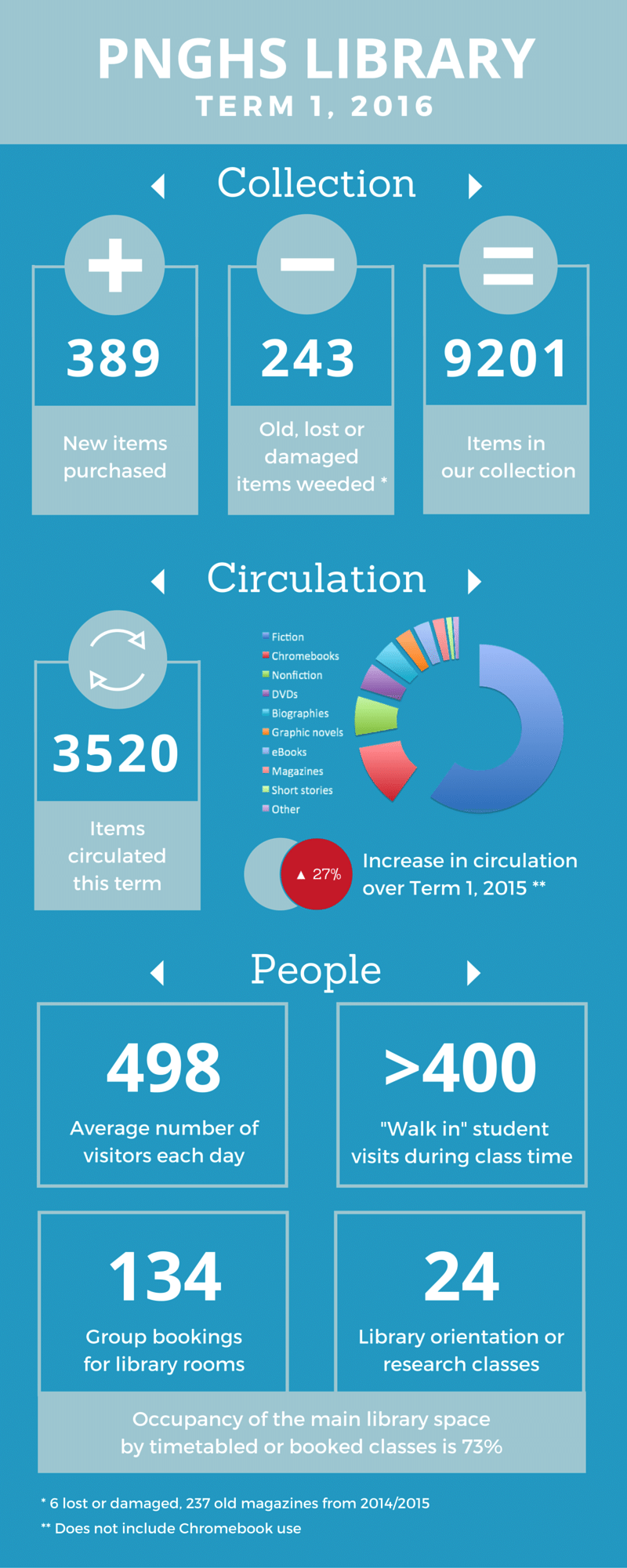Here Are The Welding Tips For Novice Welders

Author-Grau McKnight
Whether you're a beginner or a skilled pro, there are a variety of welding pointers that can assist you out. These tips consist of starting the arc correctly, regulating the weld pool, and also preventing undercuts.
Start the arc appropriately
Obtaining the arc started correctly is a critical part of welding. The arc plays a straight duty in the amount of warm that goes into a component. The correct arc length is essential in staying clear of spatter as well as creating a quality weld.
Beginning the arc effectively calls for a combination of gas and change shielding. Throughout the welding procedure, the arc is located relative to the job item. If the arc is as well long, the warmth is diverted from the component and also spatter is created. If the arc is as well brief, the heat is drawn away to the weld and also a coarse-grained framework is created.
The length of the arc need to be in between one eighth of an inch as well as one as well as a half inches from the job surface. The appropriate arc size hinges on the rod kind and also the electrode product.
When welding up and down, https://c-drone-review.news/en/global-access-control-market-size-scope-and-forecast/ must conform the middle of the joint gradually. Learn Additional is managed by the welder.
Control the weld pool
Maintaining the weld pool managed is an essential part of welding. This is necessary for safety factors. You need to be able to see the front as well as leading side of the weld puddle. You need to have the ability to observe the form of the pool, its color, and also how much weld is developing.
The best way to control the weld pool is to look past the arc. This indicates you should look past the pole. Highly recommended Reading ought to be directed at a 20-20 angle. This angle is important for a pool, due to the fact that it neutralizes the puddle's need to droop.
The diameter of the molten steel puddle is based upon the size of the rod and also the thickness of the metal. It must be around a 6mm size. The size will differ relying on the pointer of the torch and the material utilized.
The excellent weld pool has a slight skim of pollutants externally. It needs to not be bubbling, sparking, or be also bright.
Eliminate the hydrogen danger
Whether you're welding a steel pipe, a tubular wire, or a metal-cored wire, you need to be able to remove the hydrogen hazard when welding. It's important to recognize the aspects that can raise the threat of hydrogen embrittlement, also known as hydrogen-related splitting, because hydrogen is a typical root cause of top quality troubles and also productivity losses in welding.
Hydrogen embrittlement can take place in high-strength steels, consisting of those with a minimal HRC 38 solidity. It's likewise typical in heat-treated bolts such as architectural screws, rivets, and also clips.
Hydrogen embrittlement can occur during welding and also might be triggered by moisture in the welding environment. It can additionally result in stress and anxiety in the weld steel microstructure, which can lead to hydrogen-induced breaking.
Hydrogen embrittlement is brought on by a complicated interaction between 3 aspects: hydrogen content, the size of the welding arc, and the residual stresses in the metal. While hydrogen embrittlement might take place weeks after welding, the effects of hydrogen-related splitting are commonly prompt.
Avoid undercut
Throughout welding, an undercut is a surface issue that looks like a groove along the origin of the weld bead. This groove contains base metal that has actually been mixed with the weld. An undercut is a weak point in the weld that can lead to structural failing.
A weld that is constructed from way too much heat and excessive material can lead to an undercut. Undercuts can be brought on by using the wrong gas, expensive a cord feed rate, and incorrect welding setting.
Undercuts can be repaired if they are not too deep. The American Welding Society has criteria on just how much undercut ought to exist in a weld. They specify that undercuts should not surpass one-third of an inch. One of the most common reason for an undercut is a not enough origin opening.
The American Welding Society advises welders to pre-heat, preparation, and fill up the weld area. It likewise recommends that welders hold the electrode no greater than one-eighth of an inch off the base product.

